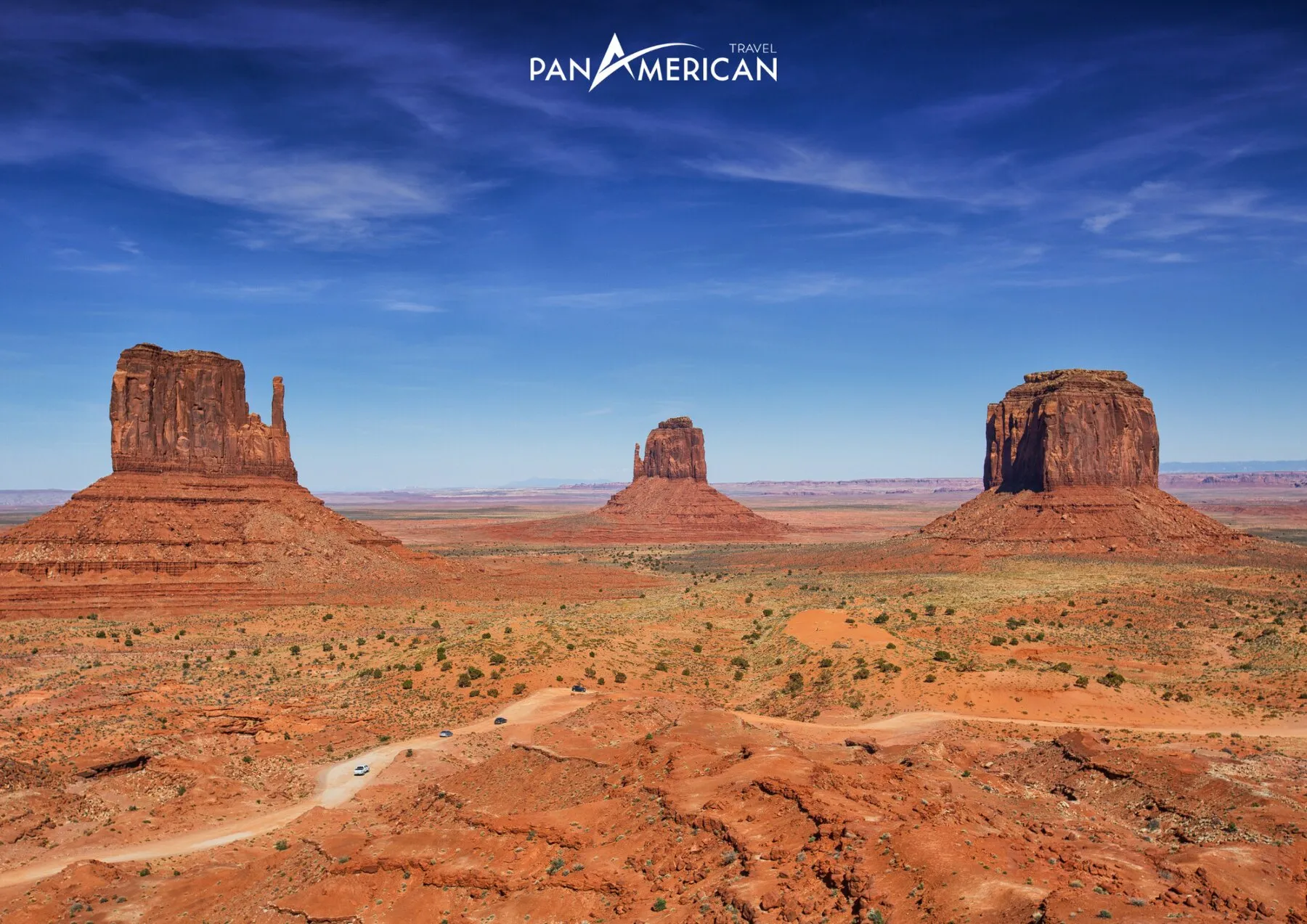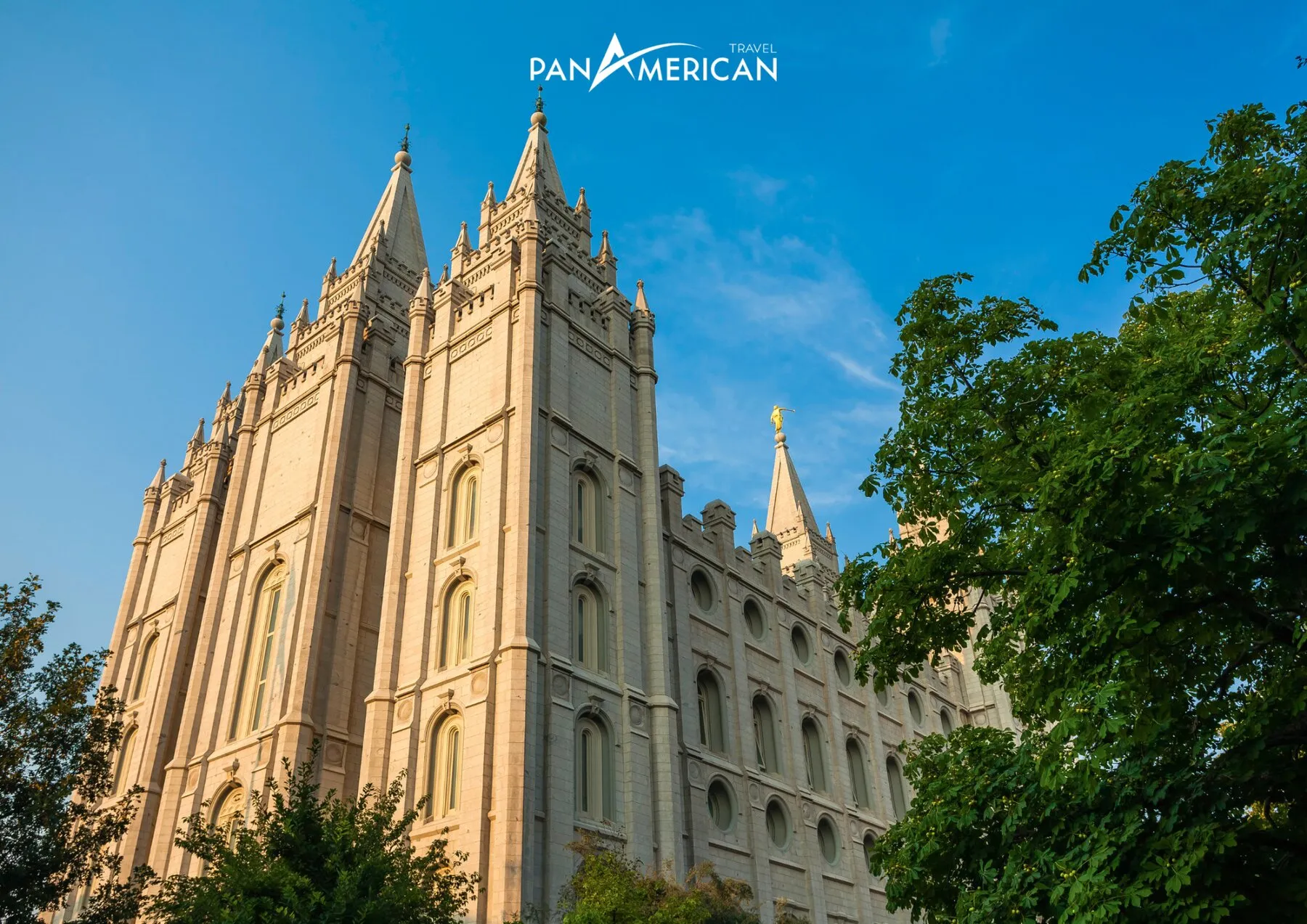Utah, a state nestled in the Western United States, is renowned not only for its majestic natural landscapes but also as a repository of profound history and culture of Native American peoples. A journey of discovery through Utah would be incomplete without delving into the rich history and significant contributions of the indigenous tribes of this land.
Utah embodies untamed beauty with its red rock mountains, magnificent canyons, and expansive deserts. The history of this region is deeply intertwined with the Native American tribes who have inhabited and thrived here for millennia. Let’s embark on an exploration of the fascinating stories and unique cultural heritage of Utah’s indigenous people, gaining a deeper understanding of this remarkable land.
Native Americans in Utah: The First Inhabitants
The history of Utah stretches far back before European arrival. Native American tribes such as the Ute, Paiute, Goshute, Navajo, and Shoshone have lived in this region for thousands of years. They were children of the mountains, forests, and deserts, living in harmony with nature and developing unique cultures.
These tribes led nomadic lifestyles, moving seasonally to hunt, gather, and cultivate crops. They possessed extensive knowledge of the terrain, climate, and natural resources. Their lives were deeply connected to the land and native flora and fauna.
Contact and Conflict Period
The arrival of Europeans in the 18th century marked a significant turning point in the history of Native Americans in Utah. Initial interactions were peaceful, involving trade and knowledge sharing. However, European encroachment on land and resources led to conflicts and intense disputes.

Wars erupted, claiming many lives and causing substantial cultural and economic losses for Native Americans. They were forced onto reservations, losing their freedom and traditional way of life.
Unique Culture and Traditions
Despite facing numerous hardships and challenges, Native Americans in Utah have preserved and promoted their unique cultural values and traditions. Each tribe has its own language, customs, practices, arts, and beliefs.
- Arts: Utah Native Americans are renowned for their artistry in basket weaving, rug making, pottery, and jewelry crafting. These handcrafted items are not only functional but also works of art that express the cultural identity and spirit of the artisans.
- Music and Dance: Music and dance play a vital role in religious ceremonies, festivals, and community events of Native Americans. Traditional dances often narrate historical events, legends, and moral lessons.
- Beliefs: Utah Native Americans adhere to polytheistic beliefs, acknowledging the existence of gods and spirits in nature. They respect and protect their living environment, considering nature an indispensable part of their lives.
Historical and Cultural Legacy
Today, the historical and cultural legacy of Utah Native Americans is still present in numerous historical sites, museums, and cultural preservation areas. Visitors can learn about Native American history and culture through the following activities:
- Visiting historical sites: Many historical sites, such as ancient settlements, archaeological locations, and cultural preservation areas, are conserved and open for public visits.
- Exploring museums: Museums in Utah showcase artifacts, images, and information about the history, culture, and life of Native Americans.
- Attending festivals and events: Native American cultural festivals and events provide opportunities for visitors to experience traditional dances, music, cuisine, and arts.

Preservation and Promotion Efforts
In recent years, numerous efforts have been undertaken to preserve and promote the cultural heritage of Utah Native Americans. Governmental and non-governmental organizations, along with local communities, have collaborated to implement projects for historical site preservation, language revitalization, economic development support, and raising awareness about indigenous culture.
These efforts not only help preserve traditional cultural values but also contribute to creating sustainable development opportunities for Native American communities.
Cultural Tourism and Experiences
Cultural tourism is an excellent way to explore and learn about the history and culture of Utah Native Americans. Visitors can participate in guided tours led by Native guides, engage in cultural activities, and purchase traditional handcrafted products.
However, when participating in cultural tourism, visitors need to respect Native American culture and customs, avoiding negative impacts on the environment and local communities.
Conclusion
The history of Native Americans in Utah is a crucial part of the state’s history. Learning about the history, culture, and contributions of Native Americans will enhance our understanding of Utah and appreciate its diverse cultural values. Come to Utah and explore the unique cultural heritage of Native Americans for a meaningful and memorable travel journey.